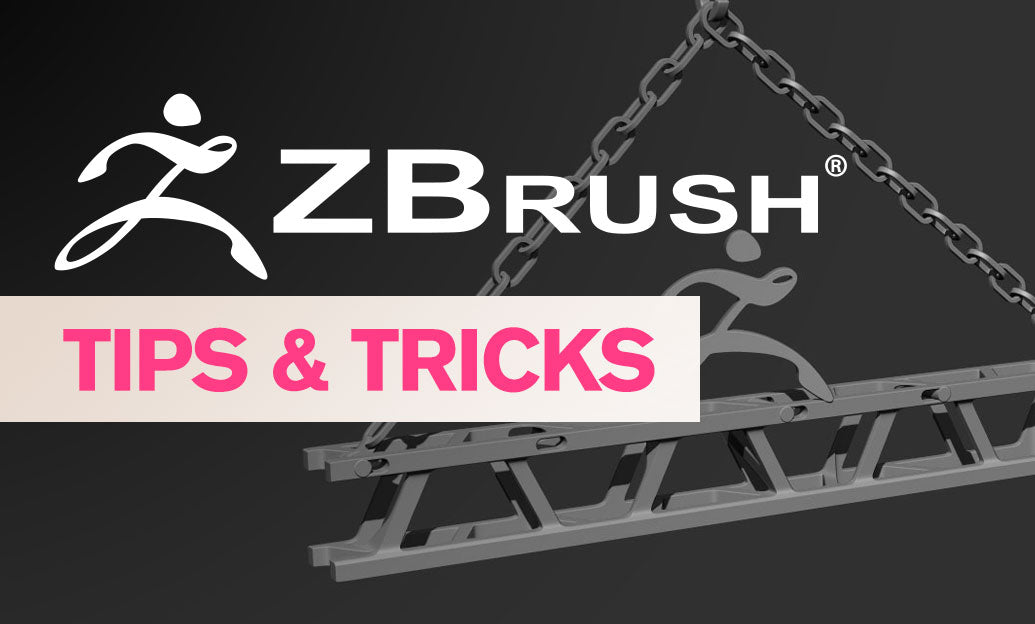Your Cart is Empty
Customer Testimonials
-
"Great customer service. The folks at Novedge were super helpful in navigating a somewhat complicated order including software upgrades and serial numbers in various stages of inactivity. They were friendly and helpful throughout the process.."
Ruben Ruckmark
"Quick & very helpful. We have been using Novedge for years and are very happy with their quick service when we need to make a purchase and excellent support resolving any issues."
Will Woodson
"Scott is the best. He reminds me about subscriptions dates, guides me in the correct direction for updates. He always responds promptly to me. He is literally the reason I continue to work with Novedge and will do so in the future."
Edward Mchugh
"Calvin Lok is “the man”. After my purchase of Sketchup 2021, he called me and provided step-by-step instructions to ease me through difficulties I was having with the setup of my new software."
Mike Borzage
Revit Tip: Optimize Structural Detailing in Revit: Expert Tips for Efficiency and Precision
April 27, 2025 2 min read

Enhance your structural detailing workflow in Revit with these expert tips:
- Utilize Detail Components: Incorporate predefined or custom detail components to add intricate elements to your structural drawings. This ensures consistency and saves time compared to drawing from scratch.
- Leverage Annotation Tools: Use Revit's annotation tools to clearly document connections, materials, and dimensions. Proper annotations improve communication with contractors and stakeholders.
- Implement Symbol Libraries: Create and maintain a library of symbols for commonly used structural elements. This standardization accelerates the detailing process and maintains uniformity across projects.
- Master Worksets: Organize your detailing work by assigning elements to appropriate worksets. This facilitates better collaboration among team members and enhances project management.
- Use Detail Lines and Regions: Enhance the clarity of your drawings by effectively using detail lines and filled regions. These tools help in distinguishing different materials and structural components.
- Apply View Templates: Standardize the appearance of your detailing views by applying view templates. This ensures that all team members adhere to the same graphic standards and settings.
- Coordinate with MEP and Architectural Models: Ensure that your structural details align perfectly with mechanical, electrical, and architectural elements. Use Revit’s coordination tools to identify and resolve clashes early in the design process.
- Customize Detail Views: Tailor your detail views to focus on specific areas of interest. Zooming into critical sections provides better clarity and facilitates more precise detailing.
- Automate Repetitive Tasks: Utilize Revit’s scripting and automation features to handle repetitive detailing tasks. Automation reduces the potential for errors and increases overall productivity.
- Maintain Model Integrity: Regularly purge unused elements and audit your model to maintain its integrity. A clean model runs more efficiently and minimizes the risk of errors during detailing.
For more advanced techniques and resources on mastering Revit's Structural Detailing Tools, visit NOVEDGE. Their comprehensive tutorials and expert insights can help you optimize your workflow and achieve higher precision in your structural projects.
```You can find all the Revit products on the NOVEDGE web site at this page.
Also in Design News

Integrating Advanced Engineering Computation into Modern Design Software
April 27, 2025 11 min read
Read More
ZBrush Tip: Mastering Symmetrical Modeling Techniques in ZBrush for Precision and Efficiency
April 27, 2025 2 min read
Read More
AutoCAD Tip: Maximize AutoCAD Efficiency with Sheet Sets for Enhanced Project Management
April 27, 2025 2 min read
Read MoreSubscribe
Sign up to get the latest on sales, new releases and more …


